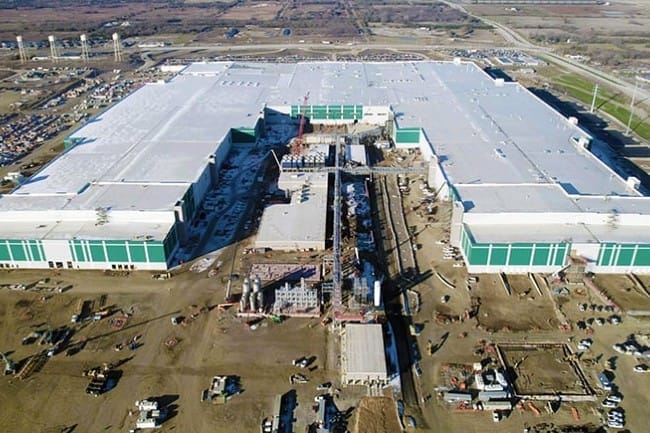Reuters reports that Panasonic Energy, the battery arm of the Japanese group, is working on eliminating the anode during the manufacturing process. Instead, a lithium metal anode would be formed only after the battery is charged for the first time. According to the company, this approach would free up additional space for active cathode materials such as nickel, cobalt and aluminium, thereby raising capacity without changing the overall cell volume.
A company executive outlined the plans ahead of a presentation by Shoichiro Watanabe, Chief Technology Officer at Panasonic Energy. The firm stated the technology has the potential to deliver a “world-leading level” of capacity by the end of 2027.
“If achieved, the improvement could increase the driving range of Tesla’s most affordable sport-utility vehicle, the Model Y, by almost 90 miles,” Panasonic said, according to Reuters. The alternative use case could be lighter battery packs offering similar range at reduced material use, potentially cutting costs.
The new cell design would also allow the company to reduce its reliance on nickel, one of the more expensive raw materials in battery production. Panasonic added that it is pursuing efficiency gains alongside material reduction but declined to disclose details on expected manufacturing costs.
A technical note: The term “anode-free” is of course not technically correct, as the battery still has a positive and a negative pole. However, since such “anode-free” battery cells do not require the classic equipment for anode production or for processing the graphite used there, this term has become established in the battery industry. The remaining anode is made of metal. Since such a metal anode is much easier to produce than the coated graphite or silicon anodes, the elimination of these production facilities contributes significantly to cost savings.
Several battery producers worldwide are pursuing anode-free designs, though Panasonic is among the first to outline a commercialisation timeline. US-based Our Next Energy presented a large-format prismatic “anode-free” 240 Ah cell with an energy density of 1,007 Wh/l in 2022. However, it plans to use the technology in its so-called dual-chemistry architecture from 2026. Panasonic, a long-time supplier to Tesla, has positioned this technology as a potential enabler for higher energy density cells within standard pack dimensions.
reuters.com


